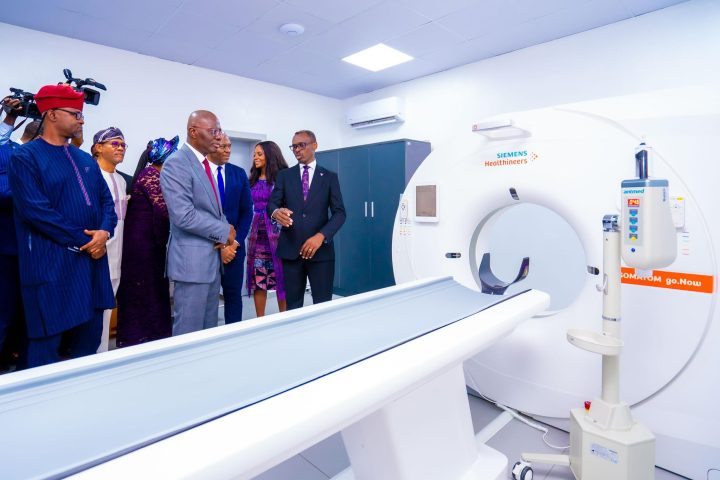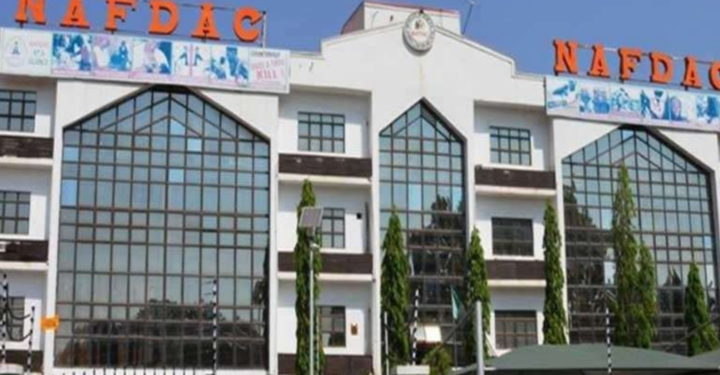Dengue is a viral disease transmitted by the species of the female mosquitoes of Aedes aegypti and in some cases by A. albopictus.
The female mosquitoes also transmit during their blood meal, other viral diseases, including yellow fever, chikungunya and Zika. Dengue infects millions of people and kills tens of thousands of people annually. Dengue symptoms are mild but severe dengue complications can arise leading to life-threatening bleeding, organ failure and/or plasma leakage.
Dengue is divided into four distinct variations known as serovar or serotype. Thus, we have DENV-1, DENV-2, DENV-3, and DENV-4. But DENV-1 and DENV-2 serotypes are the most common dengue involved in global outbreaks.
READ ALSO: CANCER: Biomarker Discrimination, Breast Cancer Vaccine And CRISPR Cancer Therapy
Dengvaxia to date is the only approved vaccine for dengue, and it is only administered to people who have already been infected with the virus. The reason for this is that if given to uninfected people, the vaccine has the potential to cause a severe disease, including haemorrhagic fever. It is believed that the haemorrhagic fever is caused by a rare and serious condition called antibody-dependent enhancement (ADE).
Dengue as mentioned before, has four serotypes, which are similar but for slight differences. A person infected with one of the dengue serotypes would generate an immune response to that serotype. But when the person is infected with a second serotype, the initially generated antibody from the first serotype infection may bind to the virus and ease that virus’s entrance into cells, thus, the name of such condition is called antibody-dependent enhancement (ADE). This gives rise to the severe form of the disease, called dengue haemorrhagic fever.
Recovery from dengue infection provides a lifelong immunity, however, the immunity is specific for that serotype. Cross-immunity to other serotypes is common but is only partial and temporary. Normally protection from any two of the four dengue serotypes is required to avoid or reduce the occurrence of serious disease. And after a second infection or vaccination followed by an infection, people are typically protected against all four serotypes.
A second vaccine for dengue called Qdenga has been developed by Takeda, Japan. The vaccine is meant for people unexposed to dengue unlike the Dengvaxia vaccine, which was for people already infected with the virus. In other words, Qdenga is a preventative vaccine, while Dengvaxia is a therapeutic vaccine. Qdenga is a two-dose inactivated-virus vaccine using the serotype DENV-2 as a backbone to engineer in genes for key proteins from the other three serotypes.
The vaccine was approved for use in August by the Indonesian drug regulator for people aged between 6 and 45 years old, but without taking any precautionary measure to test for previous exposure to dengue. The European Medicines Agency is also considering approving the vaccine without testing on the basis that the vaccine showed no clear evidence of a higher risk of severe disease (or ADE) in people who have not been infected previously by the virus.
This lack of testing for antibody-dependent enhancement, ADE, is worrying to many scientists. Though the company, Takeda, was quick to reassure the scientific community by releasing data from the clinical trial conducted over four and half years and involving more than 28,000 people. The Phase 3 clinical trial conducted in 8 countries and involving about 19,000 children of ages 4 to 16, was published in 2019. The data showed that after one year of receiving the vaccine, an 80% efficacy was achieved against symptomatic dengue and 95% against hospitalisation. Four and half years after immunisation, the efficacy dropped to only 61% for symptomatic infection and 84% for hospitalisation.
The uniqueness of dengue is that infection with the disease elicits an immune response strong enough to protect against a second infection with any of the serotypes. This blanket protection lasts for only two years after which the protection applies only to the serotype the person was first infected. This means that the person will be at increased risk of ADE should the person be exposed to other serotypes.
A similar pattern was seen with Dengvaxia, which was certified safe as at the time it underwent clinical trials. But after some years when the blanket protection offered by the vaccine had worn off in previously uninfected children, the vaccine was found to almost double the risk of severe disease, including dengue haemorrhagic fever.
Rivera and coworkers reporting the result of their exploratory analysis in the July 2022 issue of the journal, Clinical Infectious Disease, showed that Takeda’s dengue vaccine, which is based on serotype DENV-2 backbone, offered previously uninfected people protection against all serotypes for 3 years after which there was little, or no protection offered against DENV-1 or DENV-3. This study was carried out in countries where incidences of DENV-4 were limited as to warrant carrying out the same analysis as was done for DENV-1 and DENV-3.
Taking together, people are rightly to be concerned if the new vaccine for dengue does not protect uninfected people against all four serotypes as the potential for the occurrence of antibody-dependent enhancement, ADE, is high. A thorough clinical analysis of the new vaccine should be carried out in more people who have not been previously exposed to dengue before the vaccine is rolled out to the public.
In another development, a new messenger ribonucleic acid (mRNA) vaccine for Ebola is being rumoured.
Ebola is a deadly disease caused by viruses from the genus, Ebolavirus. Its outbreak is sporadic and limited to the African continent where it affects both humans and animals, including pigs, gorillas, chimpanzees, and monkeys.
There are six species of Ebolavirus: Ebola virus (species Zaire ebolavirus), Sudan virus (species Sudan ebolavirus), Taï Forest virus, (species Taï Forest ebolavirus, formerly called Côte d’Ivoire ebolavirus), Bundibugyo virus (species Bundibugyo ebolavirus), Reston virus (species Reston ebolavirus), and Bombali virus (species Bombali ebolavirus).
The first four species are known to affect humans, while the Reston virus can affect animals. The Bombali virus first identified in 2018 is not known to cause any disease in either humans or animals.
There are currently two vaccines developed against the Zaire ebolavirus, notorious for the 2013 – 2016 Ebola epidemic in West Africa. These vaccines are called rVSV-ZEBIV or Ervebo developed by Merck, and Zabdeno/Mvabea developed by Johnson & Johnson. They only protect against the Zaire ebolavirus. The current outbreak in Uganda that has so far claimed the lives of 51 people and infected further 132 others, is caused by the Sudan ebolavirus. There are no vaccines developed yet for the virus.
Ervebo has some unpleasant side effects and is approved for use only in people over 18 years old. While Zabdeno/Mvabea by Johnson & Johnson is administered in two doses of about two months apart to one-year olds and above.
Moderna who in parallel with Pfizer-BioNTech, developed a successful mRNA vaccine against COVID-19, is reported to be close to securing a deal with the US Department of Defence to develop mRNA vaccines against some biological threats, including Ebola and other filoviruses. The nature of the vaccine is yet unclear as to whether it would target individual species of the Ebolavirus or the whole six species. It would be great if the latter is the case, but it all depends on a lot of factors, including cost, efficacy of the vaccine, experimental limitations, etc.
The technique employed in developing the mRNA vaccines that were successful against COVID-19, involved the use of mRNA to encode the SARS-CoV-2 spike protein so that once the mRNA entered the cells in the body, the cells then make copies of the spike protein. The newly synthesised spike proteins are responsible in initiating robust immune responses, which clear the virus.
The design of the mRNA vaccines makes it easier to tweak the proteins encoded by the mRNA in the event of the emergence of a new variant as seen in the recent mRNA vaccines, which had been tweaked to protect against the coronavirus Omicron variant. The same technique could be applied for the Ebola virus, which might include adding different strands of the mRNA in the design to induce immune responses against multiple filoviruses simultaneously.
Employing mRNA vaccines against the Ebola virus is an attractive prospect especially as the virus is not known to mutate as frequently as the coronavirus. Moreover, the vaccines are demonstratively safe and effective. The only drawbacks are the cost and storage, as mRNA vaccines need to be stored in colder conditions compared with other conventional vaccines.



















Follow Us